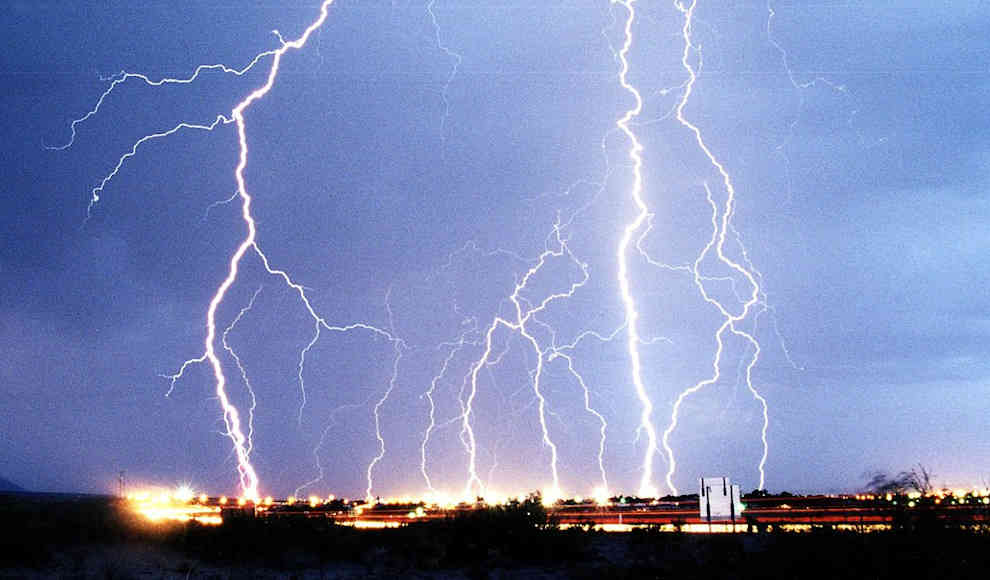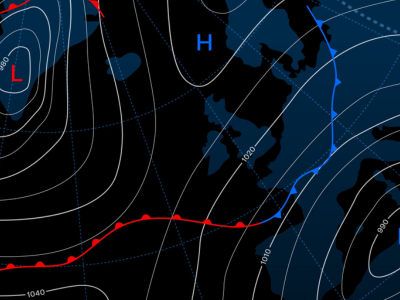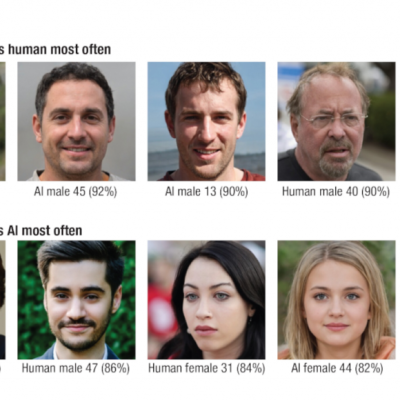A new artificial intelligence (AI) can predict lightning strikes up to 30 minutes in advance using weather data. This allows for lightning warnings in regions that were previously not monitored by satellite and radar technology. Lightning causes temperatures of up to 30,000 degrees Celsius in the air between the ground and thunderclouds, creating antimatter and plasma. Due to the enormous temperatures and energy levels, lightning can destroy electronic devices and airplanes and kill people on the ground. The problem is that the locations of lightning strikes have not been accurately predicted in terms of time and space.
Scientists from the Swiss Federal Institute of Technology (EPFL) have presented a new method in the npj Climate and Atmospheric Science journal that allows for earlier warning of lightning strikes. The method uses data from any weather station, making it possible to predict lightning strikes in regions where there is no weather observation with radar or satellite technology. The basis of the new prediction method is an AI that the scientists trained with datasets containing meteorological parameters of lightning strikes and regions without lightning.
The AI then generated a pattern from the training data that allows for the early detection of lightning strikes based on weather data. In practice, the AI warns of possible lightning strikes in an area of 30 kilometers based on current weather conditions in real-time and predicts lightning strikes up to 30 minutes in advance. The scientists tested the AI’s ability to determine the lightning risk using data from twelve weather stations from 2006 to 2017. The algorithm correctly calculated 76 percent of lightning strikes based on the four weather parameters.
This new method could provide lightning warnings for remote regions that were previously not covered by radar systems and satellites. The AI’s ability to predict lightning strikes using simple weather data shows that lightning forecasting is possible.










